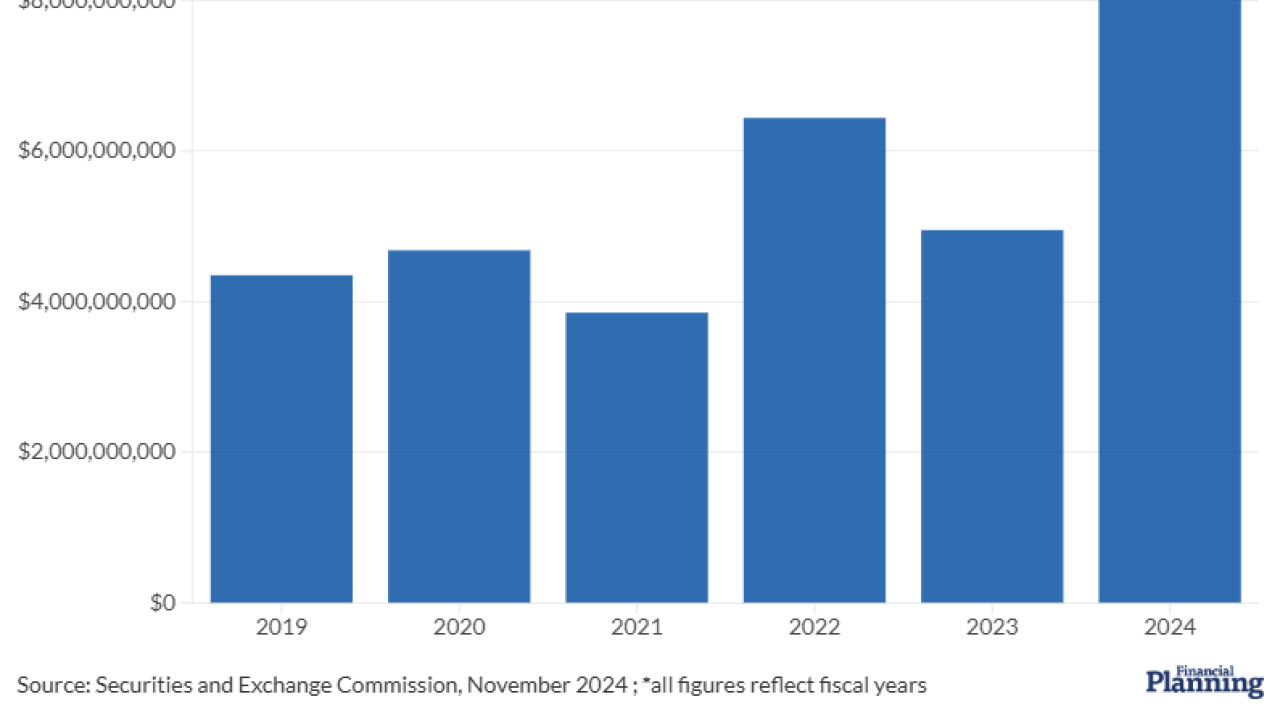Vanguard, the investment giant famous for low-cost index funds, is seeking regulatory approval to expand its signature tax-saving fund structure — as anticipation grows that the Securities and Exchange Commission under Paul Atkins will soon embrace the design en masse.
In a Wednesday
That would allow a mutual fund and an ETF to coexist as distinct share classes of the same pool of assets, potentially giving mutual-fund holders some of the tax efficiency of ETFs.
Vanguard pioneered the model more than two decades ago and has used it exclusively for index products under a special regulatory exemption, saving clients billions of dollars in tax liabilities in the process.
The SEC rejected Vanguard's prior effort to apply the fund blueprint to actively managed strategies in
More than 50 asset managers
For Vanguard, the active-fund approval could turbocharge its dominance in the exchange-traded fund market. With roughly $3.2 trillion in ETF assets, it's currently the second-largest issuer behind BlackRock, but its market share is rising. For the last five years, Vanguard has taken in more money into US ETFs on a net basis than BlackRock, data compiled by Bloomberg Intelligence showed.
The Valley Forge, Pennsylvania-based issuer is also furthering its bid into active funds, though most of its products are still passive. Seven of the 15 U.S. ETFs Vanguard has launched over the last five years are actively managed, according to data compiled by Bloomberg.
Whether the dual-share model can be widely replicated across the fund management arena remains to be seen, but the SEC greenlight could inject fresh momentum into actively managed ETFs which are taking a share of flows from passive funds.





